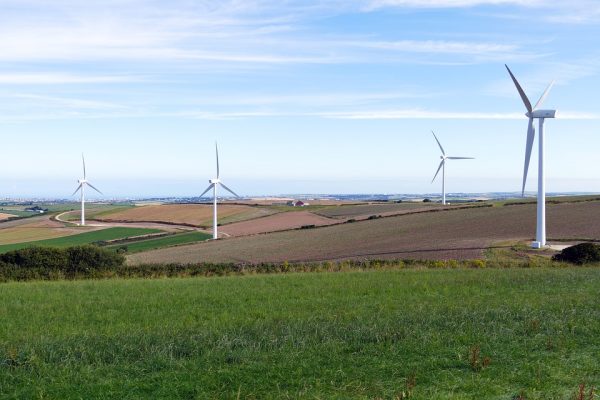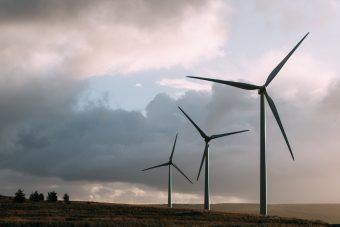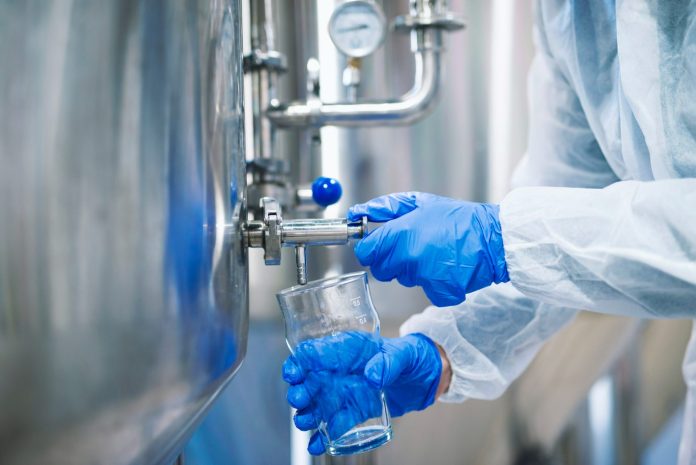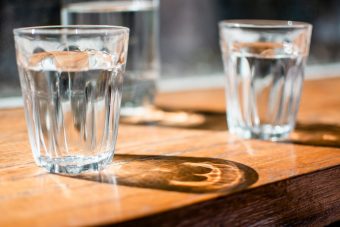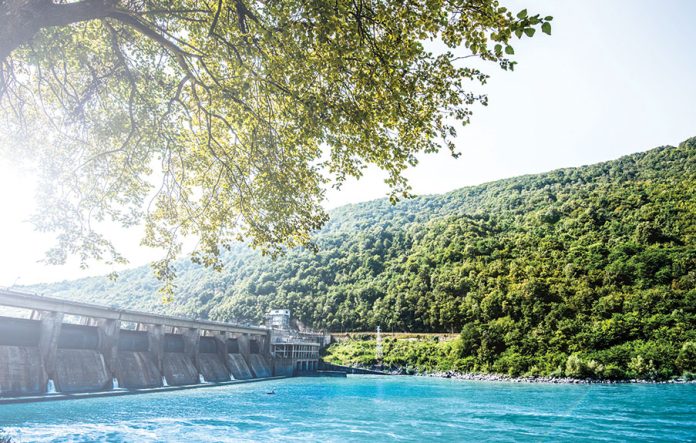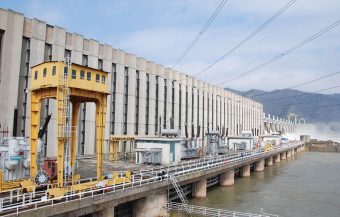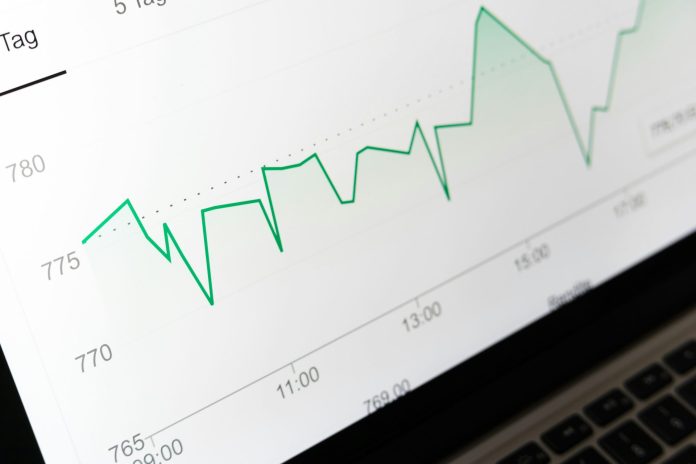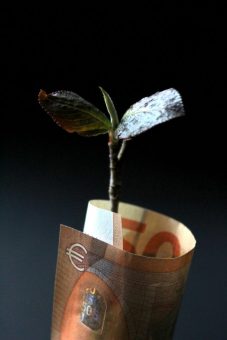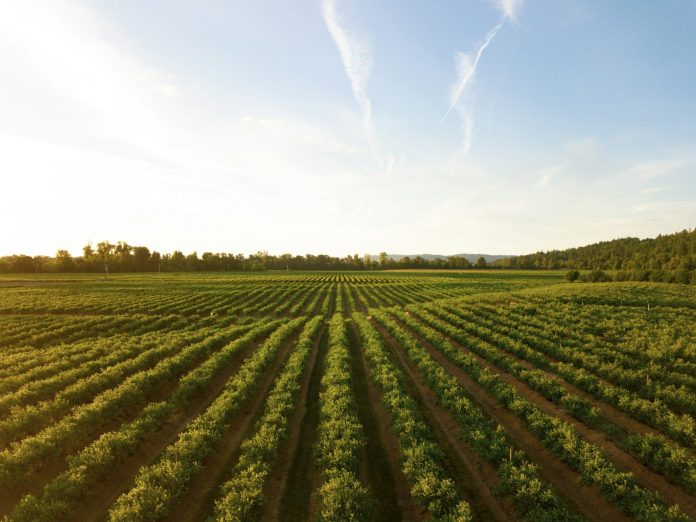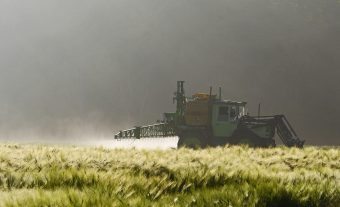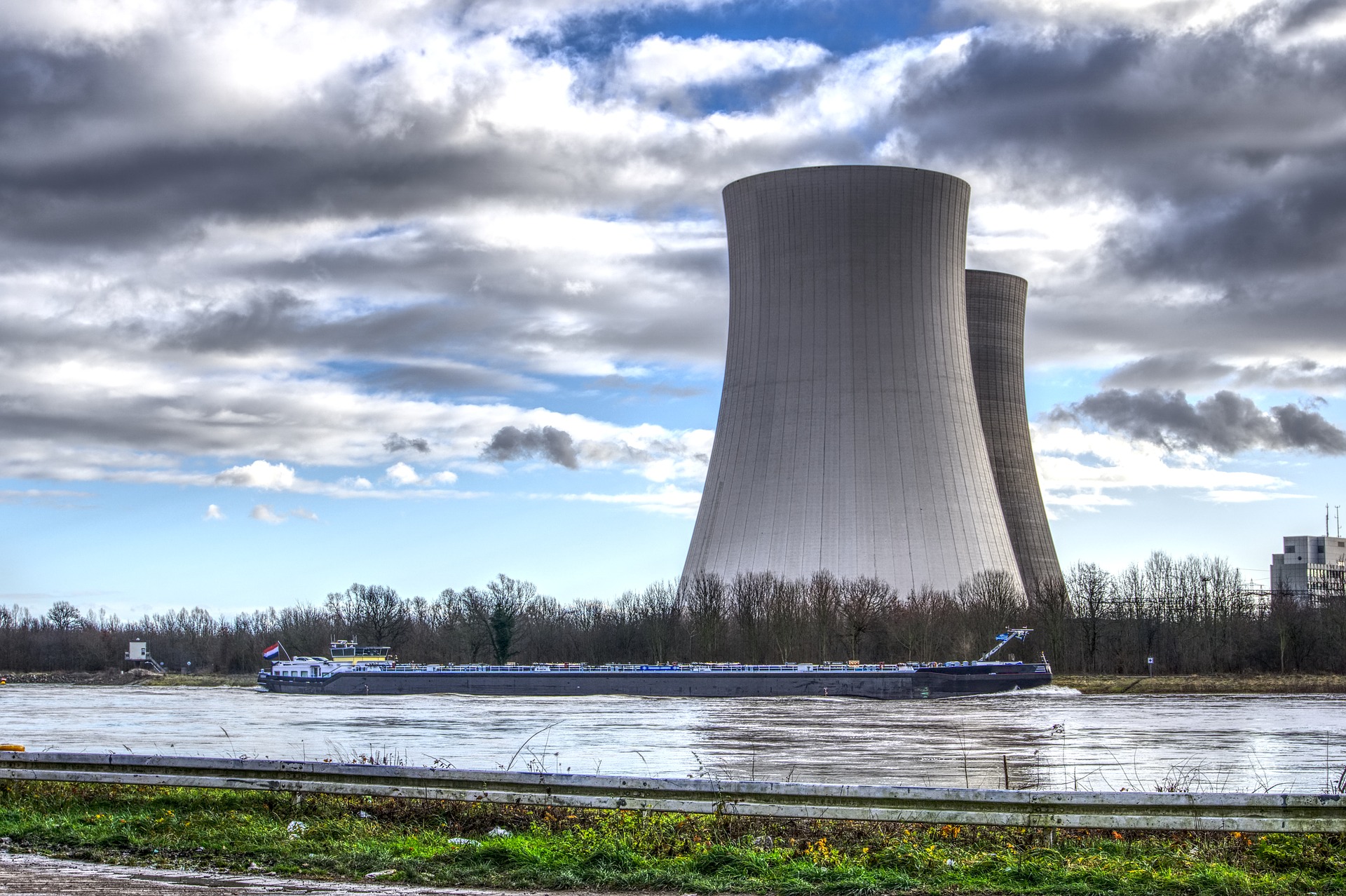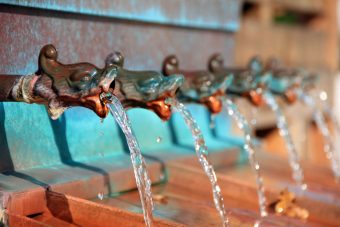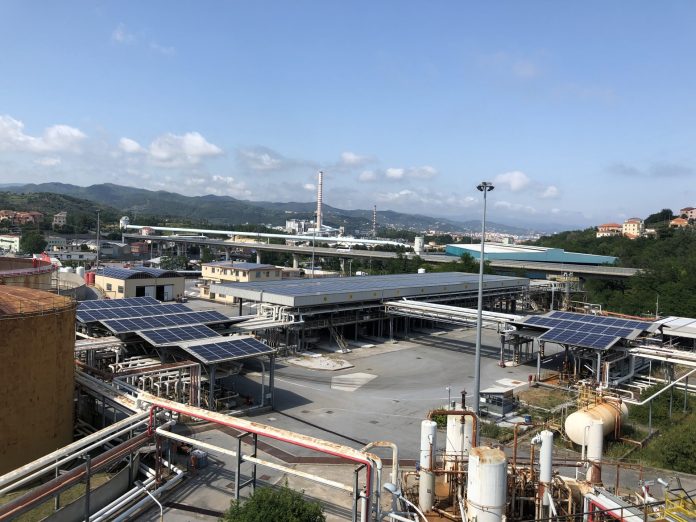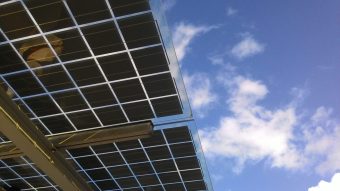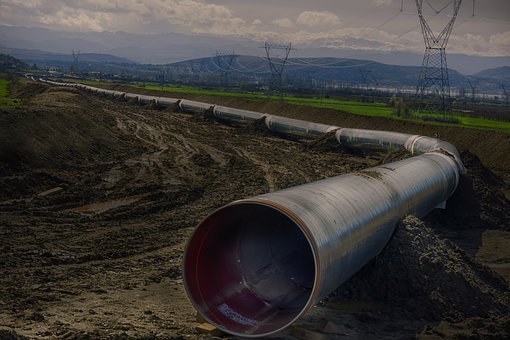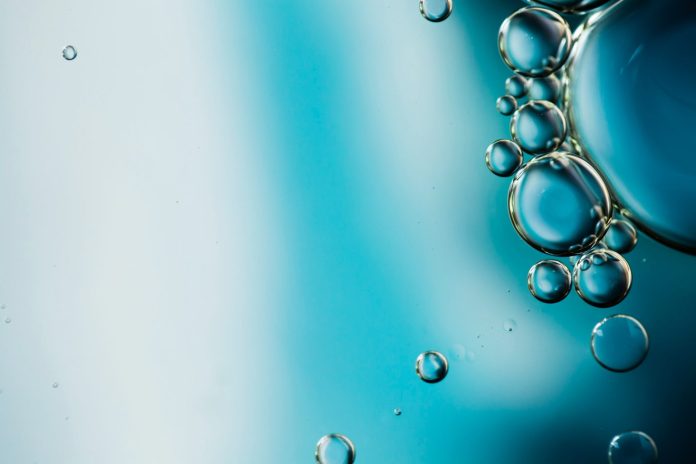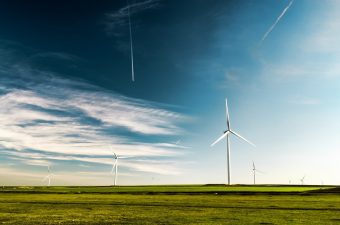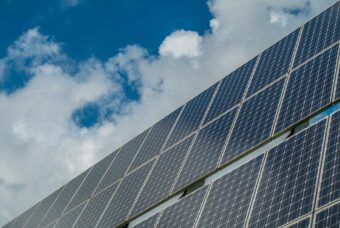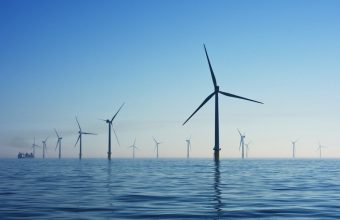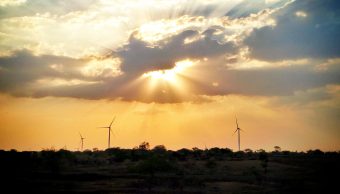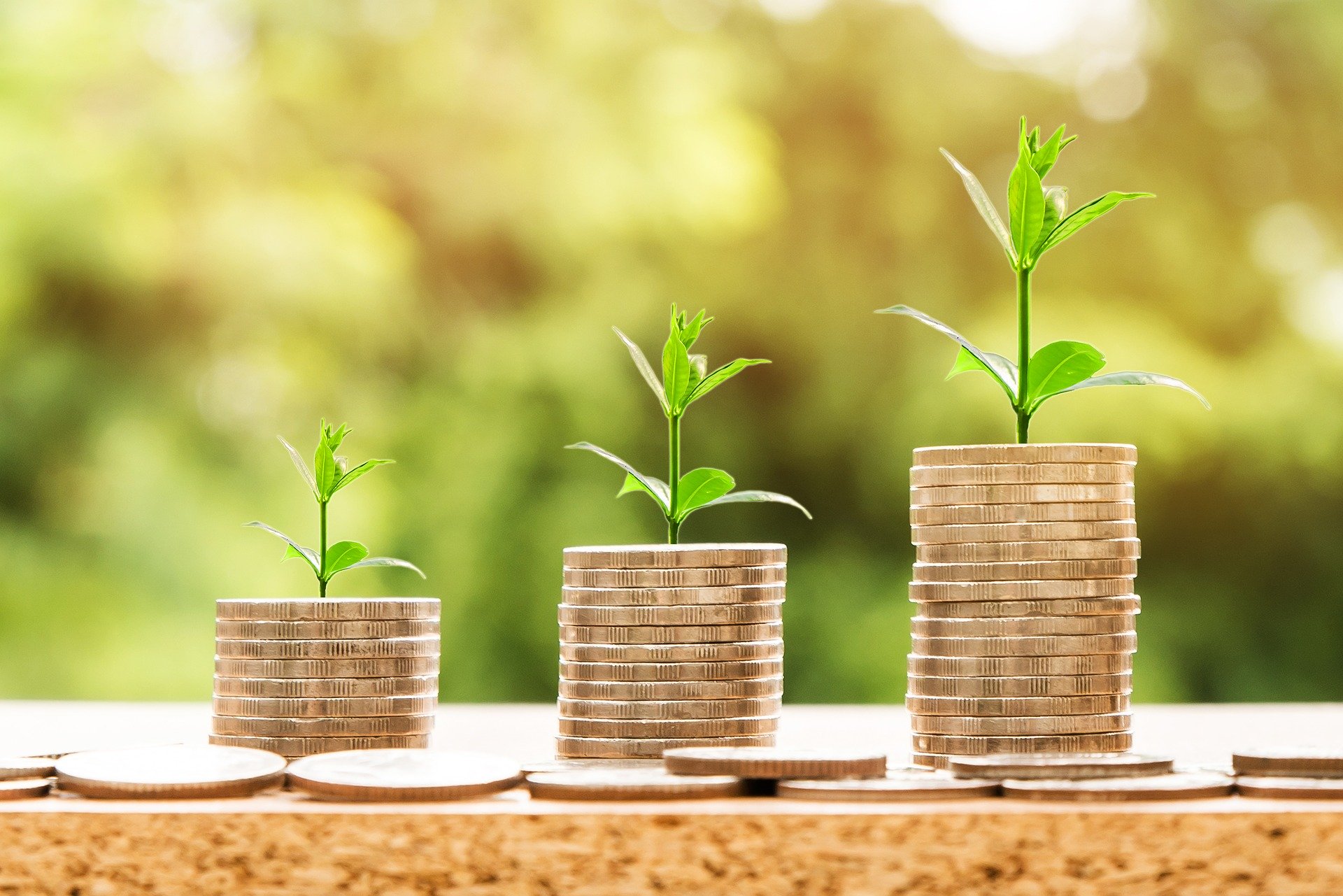
Africa’s population is growing faster than any other region worldwide, with electricity demand expected to increase by 75 per cent by 2030. To ensure that Africa is sustainable, the continent must have universal access to modern energy services by 2030. More precisely, current progress must be expedited at least threefold, according to the International Energy Agency (IEA).
To this end, the IEA held a training week in Nairobi on energy efficiency policies in developing African countries, supported by the Kenyan Ministry of Energy and Petroleum, as well as the African Development Bank (AfDB). The event brought together close to 200 policymakers and energy experts from across the continent. On the occasion, it was pointed out that energy efficiency still played a key role in improving living standards worldwide while at the same time contributing significantly to the accomplishment of climate goals.
Kenya has made significant progress in developing renewable energy and facilitating access to electricity, with RES accounting for nearly 90 per cent of the energy produced and consumed in 2021. Access to electricity has doubled from 2013 to 2022, i.e. from 37 to 75 per cent. Precisely because of this increase, the implementation of energy efficiency is very important.
More:
- NORTH AFRICA’S RENEWABLE POTENTIAL AND STRATEGIC LOCATION REINFORCE ITS ROLE IN ENERGY TRANSITION
- DOUBLING ENERGY INVESTMENT IN AFRICA REQUIRES URGENT ACTION TO BRING DOWN FINANCING COSTS AND BOOST ACCESS TO CAPITAL
- YOUNG PEOPLE HOLD THE KEY TO AFRICA’S GREEN ECONOMY
The training week is part of the IEA Energy Efficiency in Emerging Economies Programme. Through this programme, the IEA cooperates with six of the world’s largest developing economies to improve energy efficiency. The data shows that Brazil, China, India, Indonesia, Mexico, and South Africa together consume about one-third of the world’s energy, and predictions are that this will rise to 40 per cent.
This cooperation has five key implementation ways. Support for policy development involves focusing on the daily needs of officials responsible for implementing energy efficiency policies. There are also thematic workshops that bring together officials and experts from multiple countries to explore specific topics. There are also group training sessions for officials and future leaders and webinars that provide access to numerous experts. Finally, online training focusing on learning about energy efficiency indicators is available, too.
Energy Portal





